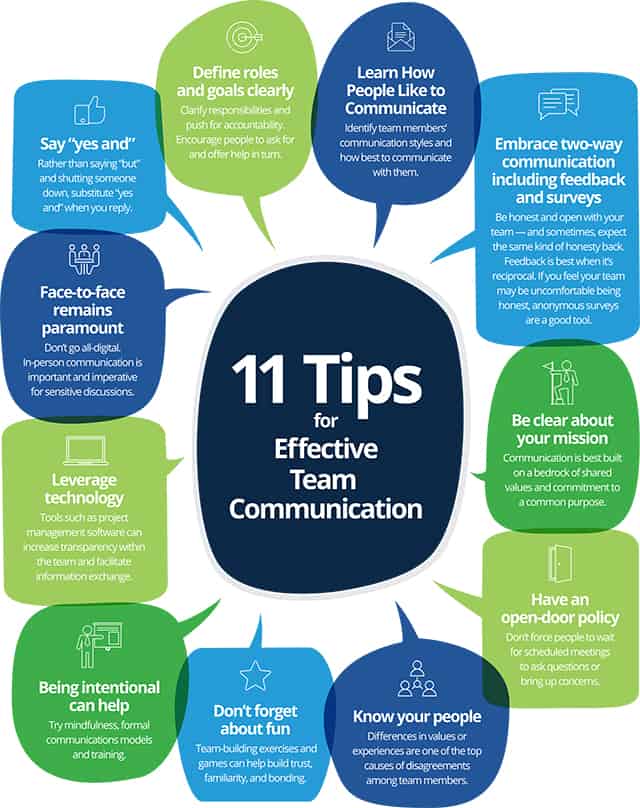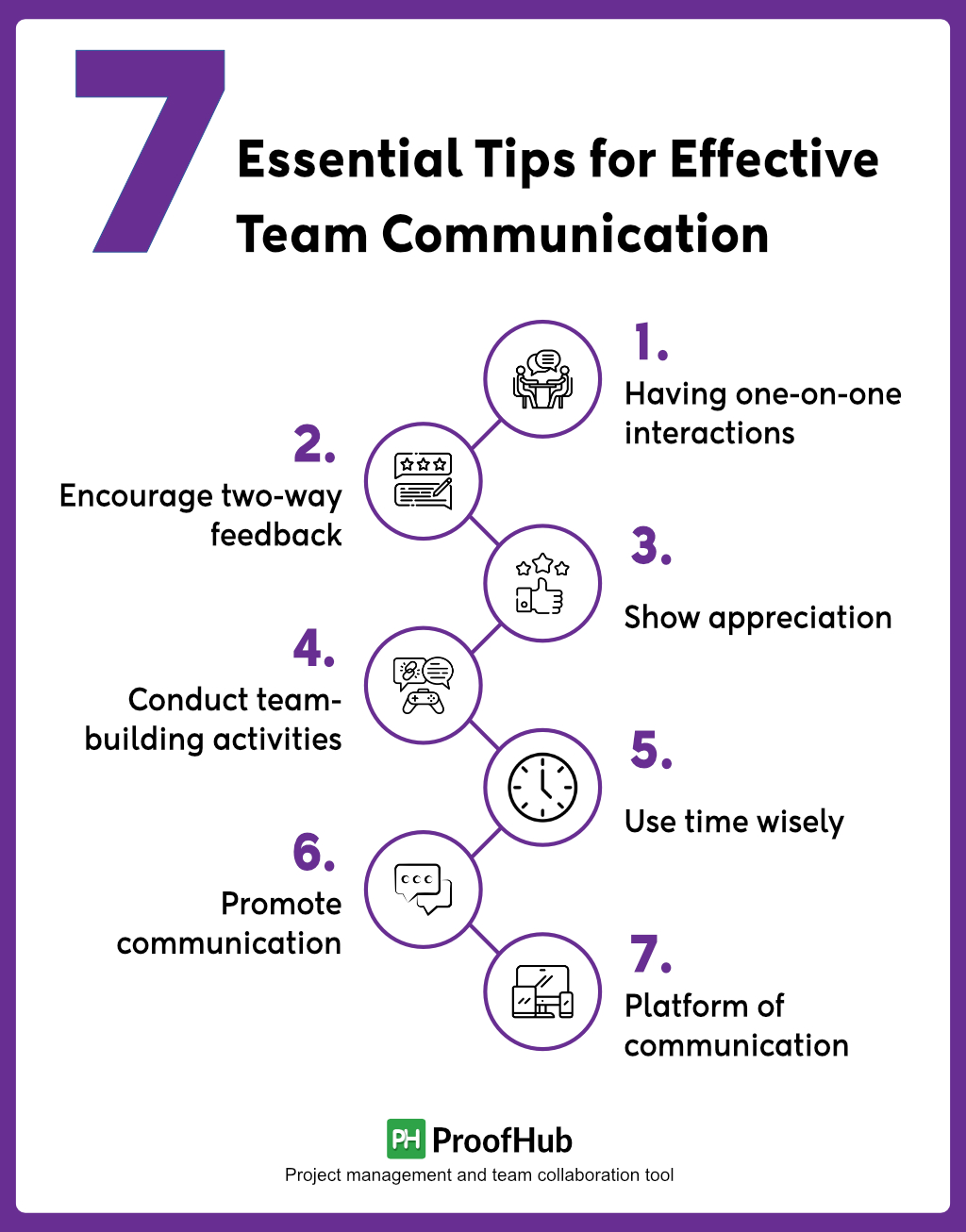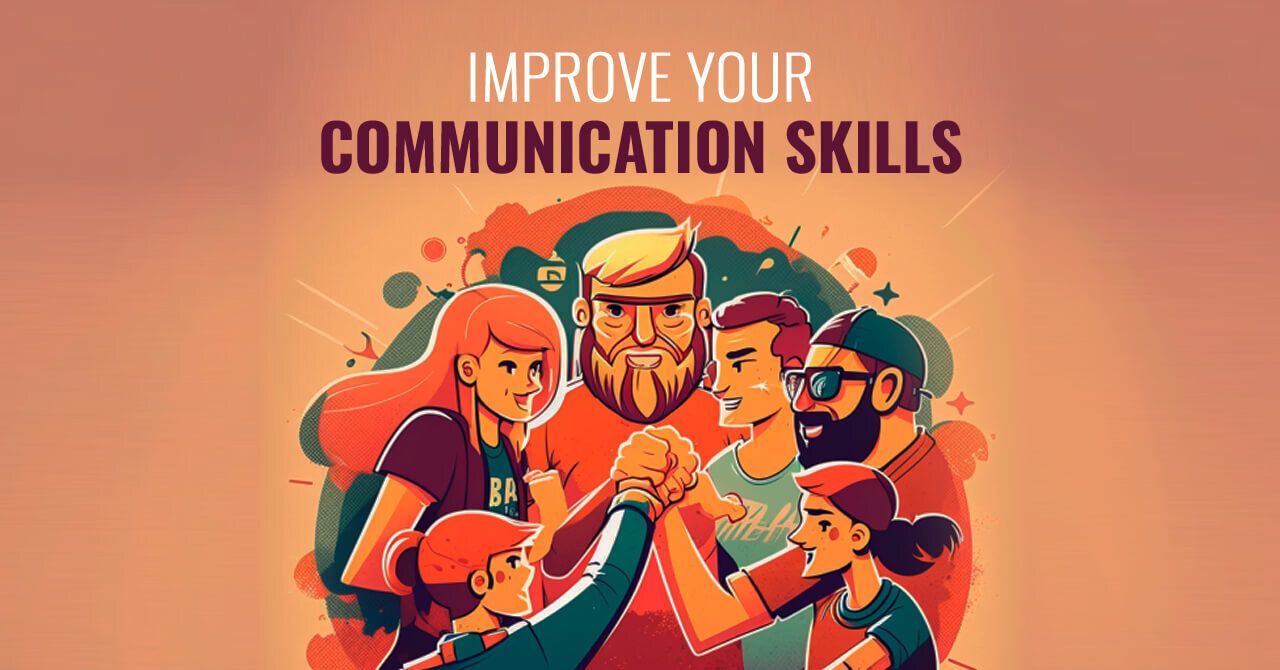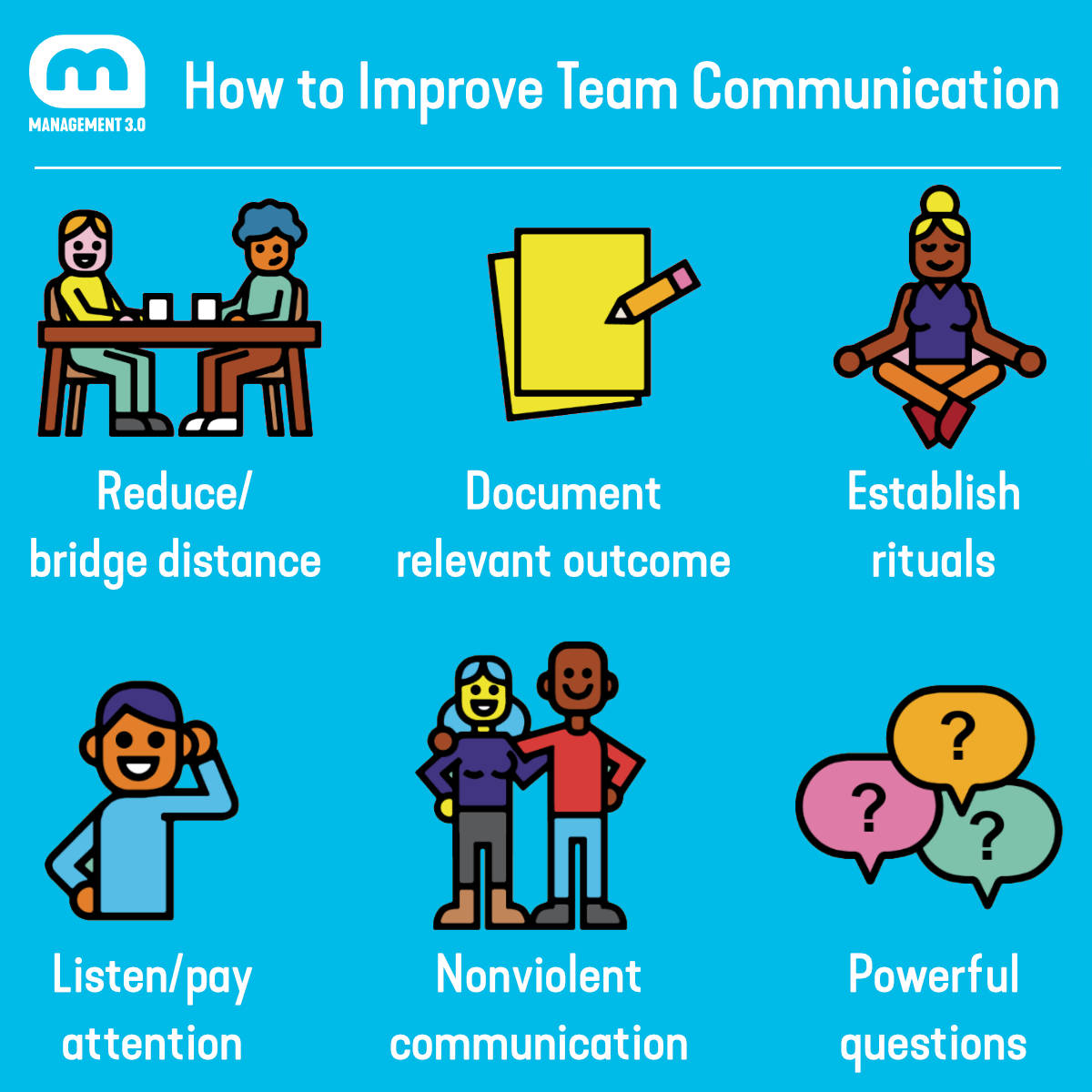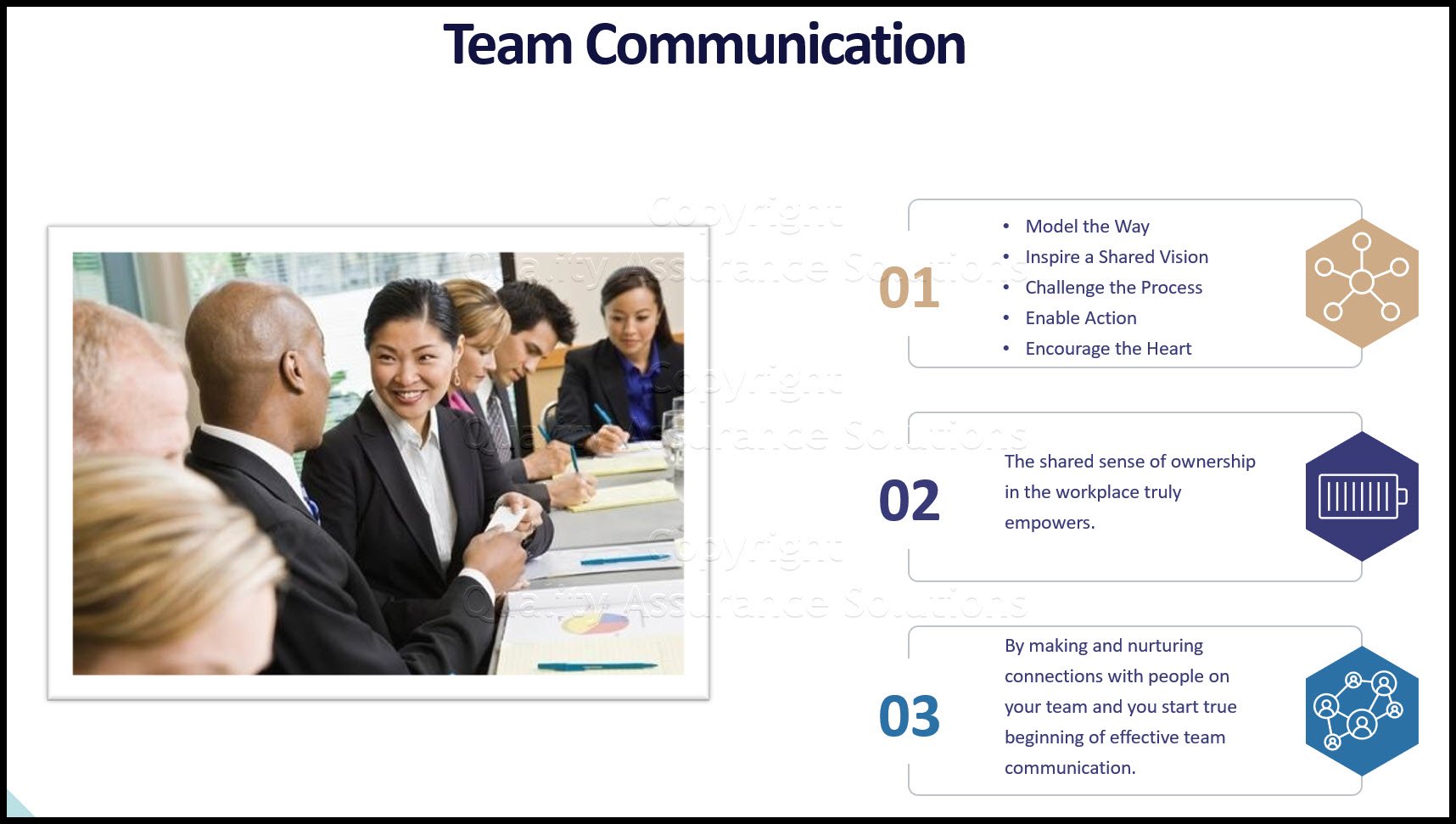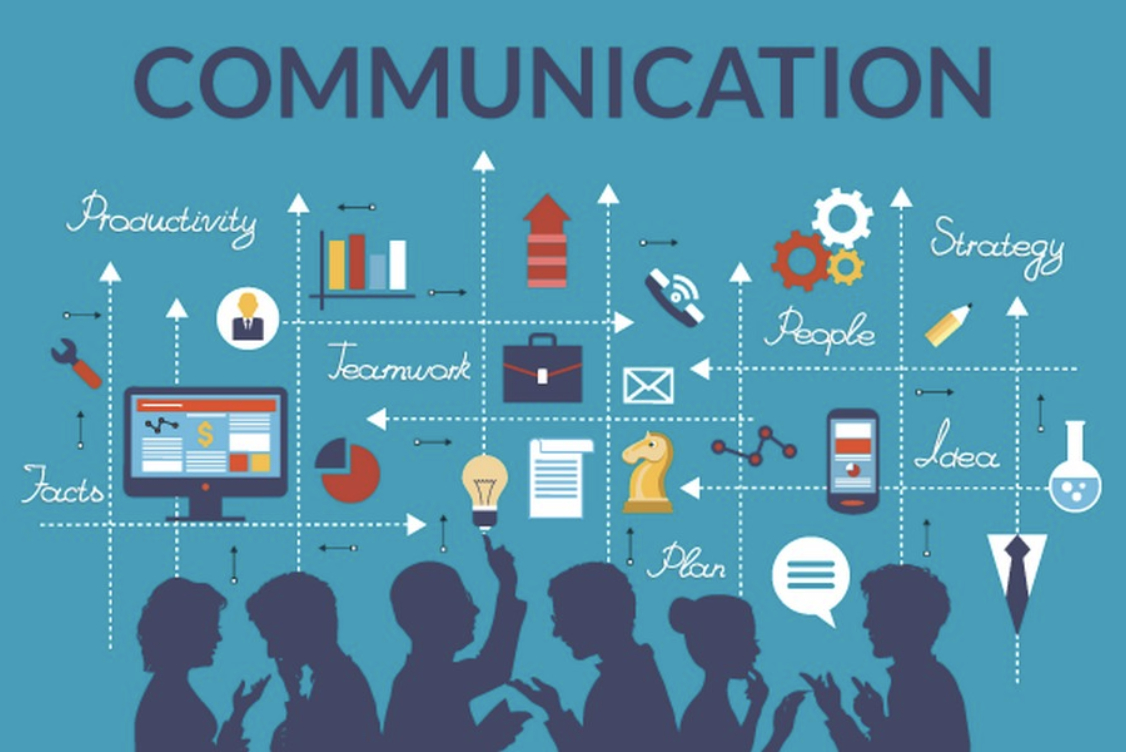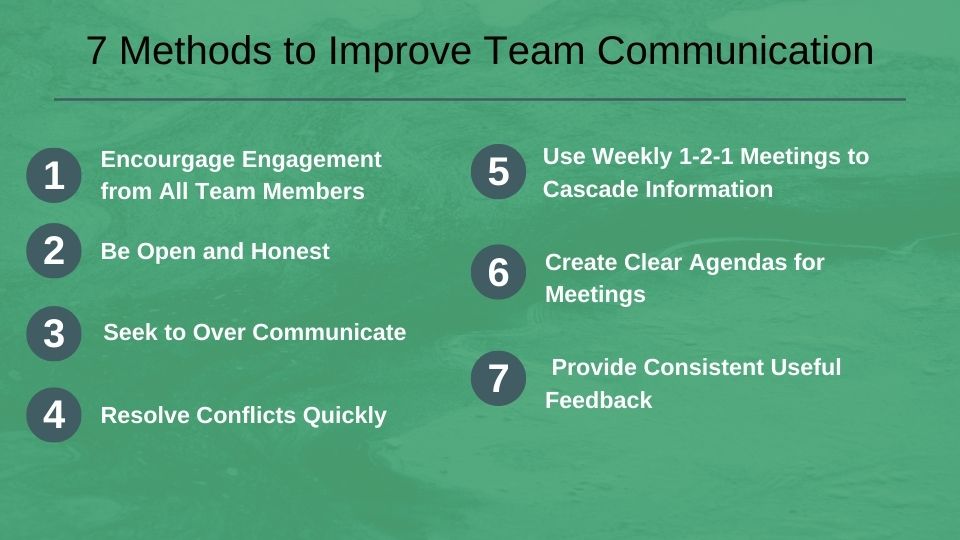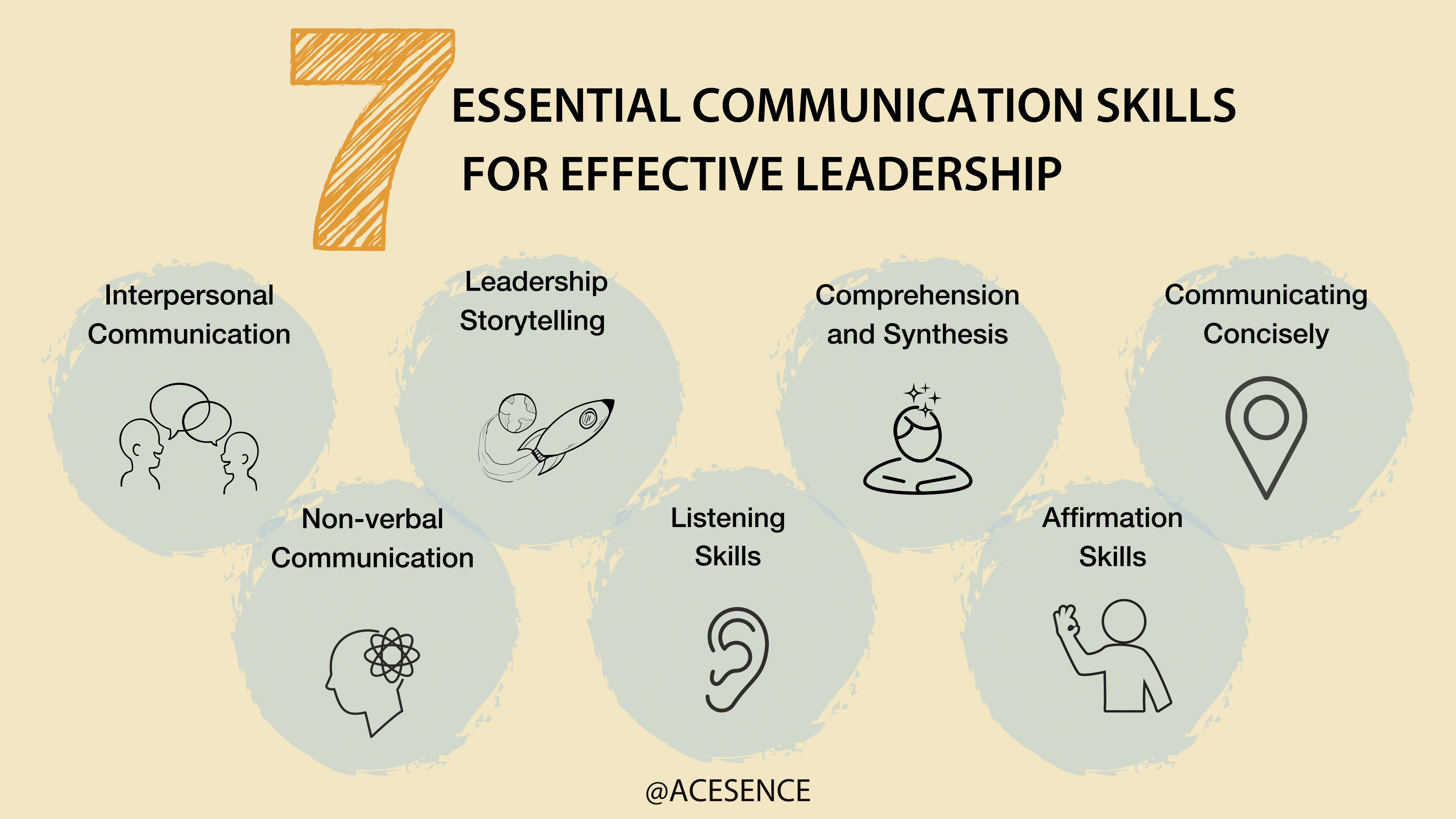How To Improve Communication Skills With Your Team

In today's fast-paced and increasingly interconnected workplace, the ability to communicate effectively within a team is no longer a 'soft skill' but a core competency that directly impacts productivity, innovation, and overall morale. A recent study by *Project.org* found that miscommunication costs companies with 100 or more employees an average of $420,000 per year due to factors such as project delays, missed deadlines, and duplicated efforts.
Therefore, mastering team communication is essential. It requires a multi-faceted approach encompassing active listening, clear articulation, and the strategic use of communication channels.
Building a Foundation of Trust and Openness
Before delving into specific techniques, it's crucial to establish a foundation of trust and psychological safety within the team. This creates an environment where team members feel comfortable sharing ideas, asking questions, and expressing concerns without fear of judgment or reprisal. Open communication flourishes in such conditions.
Harvard Business Review emphasizes the importance of creating a culture of vulnerability-based trust, where team members can openly admit mistakes and seek help without feeling inadequate. This involves leaders modeling vulnerability and rewarding honest feedback.
Active Listening: More Than Just Hearing
Active listening is a cornerstone of effective team communication. It goes beyond simply hearing the words someone is saying; it involves fully concentrating, understanding, responding, and remembering what is being said. This involves maintaining eye contact, nodding to show understanding, and asking clarifying questions.
According to a white paper by the *Center for Creative Leadership*, active listeners also paraphrase and summarize what they hear to ensure accurate comprehension. This helps prevent misunderstandings and fosters a sense of being heard and valued.
Clarity and Conciseness: Getting Your Message Across
Being able to articulate your thoughts and ideas clearly and concisely is crucial for effective team communication. This involves using language that is easy to understand, avoiding jargon or technical terms that may confuse others, and structuring your message in a logical and coherent manner.
Conciseness is especially important in today's information-saturated environment. According to a survey by *Microsoft*, the average attention span of an office worker is only about eight seconds. Therefore, it's essential to get your point across quickly and efficiently.
Choosing the Right Communication Channel
Selecting the appropriate communication channel is essential for ensuring your message is received and understood. Email, instant messaging, video conferencing, and face-to-face meetings all have their own strengths and weaknesses. The choice should depend on the urgency and complexity of the message, as well as the preferences of the team members involved.
For instance, urgent matters are better addressed via phone or in person, while less time-sensitive information can be communicated via email. Video conferencing is ideal for collaborative discussions and brainstorming sessions.
Feedback: A Two-Way Street
Effective communication is a two-way street, and feedback is an essential component of this exchange. Both giving and receiving feedback constructively is vital for improving team performance and fostering a culture of continuous improvement.
Constructive feedback should be specific, timely, and focused on behavior rather than personality. It should also be delivered with empathy and a genuine desire to help the recipient improve.
The Role of Technology in Enhancing Communication
Technology can be a powerful tool for enhancing team communication, but it's important to use it strategically and avoid relying on it as a substitute for face-to-face interaction. Collaboration platforms like Slack, Microsoft Teams, and Asana can facilitate real-time communication, document sharing, and project management.
However, it's important to establish clear guidelines for using these tools to avoid information overload and ensure that important information doesn't get lost in the noise. Regular check-ins and team-building activities can help foster a sense of connection and camaraderie despite the reliance on technology.
Looking Ahead: Continuous Improvement and Adaptation
Improving team communication is an ongoing process that requires continuous effort and adaptation. Regularly solicit feedback from team members about communication effectiveness and be willing to adjust your approach based on their input. Training programs and workshops can also help improve communication skills and promote a culture of open and honest dialogue.
Ultimately, the key to effective team communication is to create a culture of trust, respect, and empathy, where everyone feels comfortable sharing their thoughts and ideas and working together towards common goals. By investing in communication skills and fostering a positive communication environment, organizations can unlock the full potential of their teams and achieve greater success.
